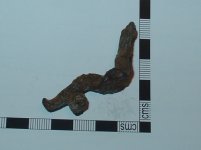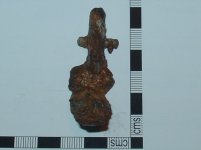CRUSADER
Gold Member
We hardly ever get Gun parts in the UK, & this is the first Frizzen we have ever found.
Any ideas which flintlock it went on? 18th C?
(found this Monday)
Any ideas which flintlock it went on? 18th C?
(found this Monday)







